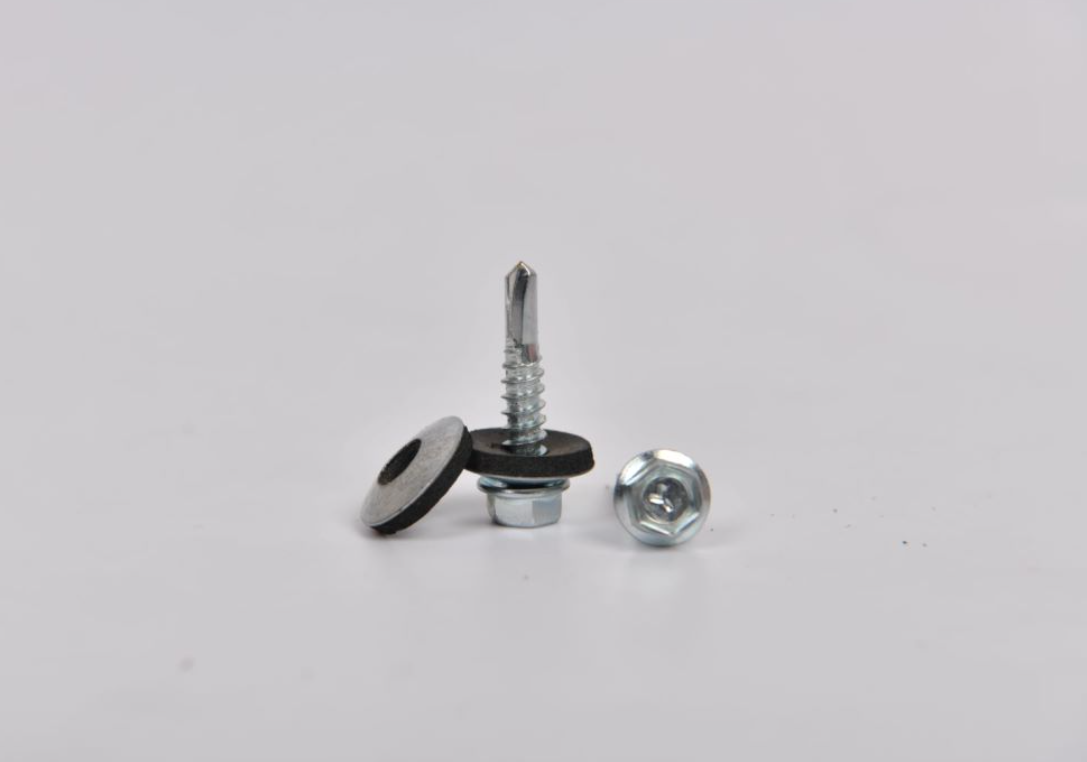lock washer or washer first service
Understanding Lock Washers and Washers in First Service Applications
When it comes to mechanical assemblies and fasteners, the debate over whether to use a lock washer or a standard washer has been a longstanding consideration for engineers and technicians. This topic is particularly relevant in the realm of first service applications, where the integrity and reliability of connections are paramount. In this article, we will explore the roles of lock washers and standard washers, their benefits and drawbacks, and best practices for use in assembly settings.
The Role of Washers
Washers, including both standard and lock types, serve several purposes in mechanical assemblies. Primarily, a washer is used to distribute the load of a fastener, such as a screw or bolt, over a larger surface area. This helps to minimize the risk of damage to the material being fastened and provides a more stable grip. Additionally, washers can prevent the bolt or screw from loosening over time, particularly in applications subject to vibration and dynamic loads.
Standard Washers vs. Lock Washers
A standard washer, often referred to as a flat washer, is a simple disc-shaped piece of metal (or other material) with a hole in the center. Its primary function is load distribution. On the other hand, a lock washer is designed to prevent the fastener from loosening. Lock washers come in various designs, including spring lock washers, split lock washers, and tooth lock washers. Each type uses different mechanisms to create friction or bite into the surfaces, thereby enhancing the joint's resistance to loosening.
Benefits of Lock Washers
Lock washers are particularly beneficial in applications where vibration is a concern. The unique design of a lock washer promotes the development of friction between the fastener and the surface it is securing. As a result, even in high-vibration environments, the chances of a nut or bolt loosening are significantly reduced. This characteristic makes lock washers ideal for automotive applications, machinery, and any situation where movement is unavoidable.
Furthermore, using lock washers can also extend the lifespan of components. By preventing the loosening of fasteners, lock washers help maintain the integrity of the assembly, thereby reducing the risk of failure due to connection issues. This can be critical in first service applications, where new components are expected to perform reliably under varying conditions.
Drawbacks of Lock Washers
lock washer or washer first service

While lock washers have many advantages, they are not without drawbacks. For one, they can add complexity to the assembly process. Technicians must ensure that the correct type of lock washer is used based on the specific application, and this can sometimes lead to errors if not closely monitored.
Additionally, over time, the effectiveness of lock washers can diminish, especially in harsh environments or when subjected to corrosive materials
. This may necessitate periodic maintenance checks or replacements, adding to ongoing costs.Best Practices for Using Washers in First Service Applications
When deciding between a lock washer and a standard washer for a first service application, it's essential to consider several factors
1. Load Conditions Evaluate the type of loads—static or dynamic—that the assembly will encounter. For dynamic loads, lock washers are generally recommended.
2. Environment Consider the working environment, including temperature, pressure, and potential exposure to chemicals. This will help determine the best material for the washers.
3. Assembly Protocol Ensure that technicians are well-trained in the proper assembly techniques, including the use and installation of washers. Adhering to manufacturer specifications is crucial for optimal performance.
4. Periodic Inspections For critical applications, plan for regular inspections to ensure that all fasteners and washers remain secure.
In conclusion, understanding the differences between lock washers and standard washers is essential for successful first service applications. By considering the specific needs of the assembly and following best practices, engineers and technicians can ensure robust connections that stand the test of time.
-
Top Choices for Plasterboard FixingNewsDec.26,2024
-
The Versatility of Specialty WashersNewsDec.26,2024
-
Secure Your ProjectsNewsDec.26,2024
-
Essential Screws for Chipboard Flooring ProjectsNewsDec.26,2024
-
Choosing the Right Drywall ScrewsNewsDec.26,2024
-
Black Phosphate Screws for Superior PerformanceNewsDec.26,2024
-
The Versatile Choice of Nylon Flat Washers for Your NeedsNewsDec.18,2024










